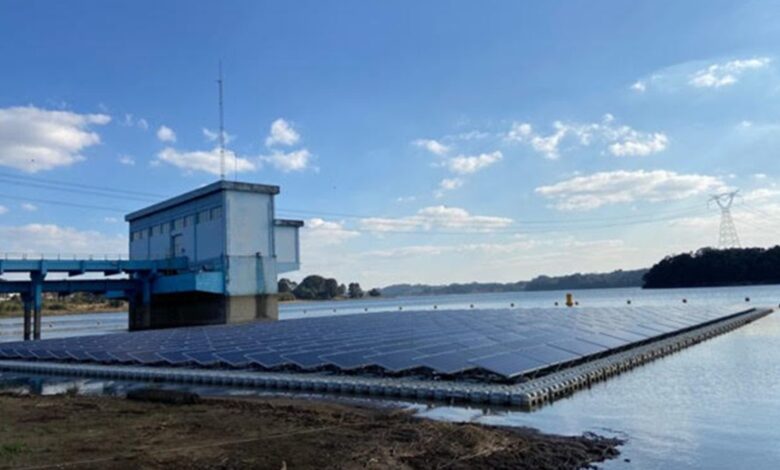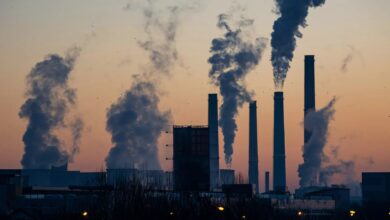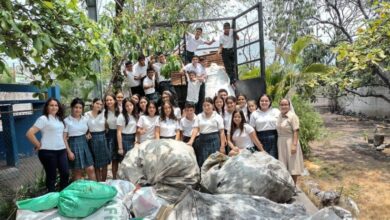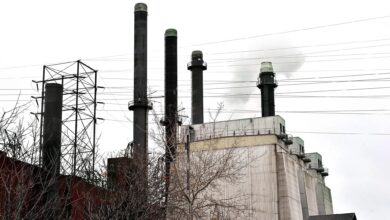
Floating solar array on the Passaúna reservoir in Brazil. Photo Credit: Universidade Estadual de Ponta Grossa, Energies, Creative Commons License CC BY-NC 4.0
Environment BrazilMore Floating Solar Systems, More Water Saved
A study recently conducted in Paraná, Brazil, has proven that the presence of floating solar systems in reservoirs does slow down the water evaporation rate, preserving more water for the surrounding population while generating clean energy.
Different photovoltaic (PV) system sizes mean different water evaporation rates: “The larger the area of the floating solar system on the water surface, the greater the reduction in water evaporation and, consequently, the greater the volume of water saved,” as explained in the study.
The Passaúna reservoir’s total volume is 69.3 cubic hectometers, spanning 8.5 square kilometers with an average depth of 6.5 meters. The 130 kW solar system covers 1.27 square kilometers of the reservoir, with 395 PV models each capable of generating 330 W of power. The team of scientists affiliated with Universidade Estadual de Ponta Grossa in Brazil and the University of Louisiana in the United States used the Penman-Monteith method to measure the rate of water evaporation. Over the course of a year, some 4.47 million cubic meters of water evaporated from the reservoir. Thanks to the presence of the floating solar system, water evaporation was reduced with an efficiency of 60.20%. The findings show that a 5 MW system can save, on an annual basis, the equivalent of the water consumption of 196 people. As a cherry on top, the electricity generated by such a system could cover the consumption of over 2,500 people.



